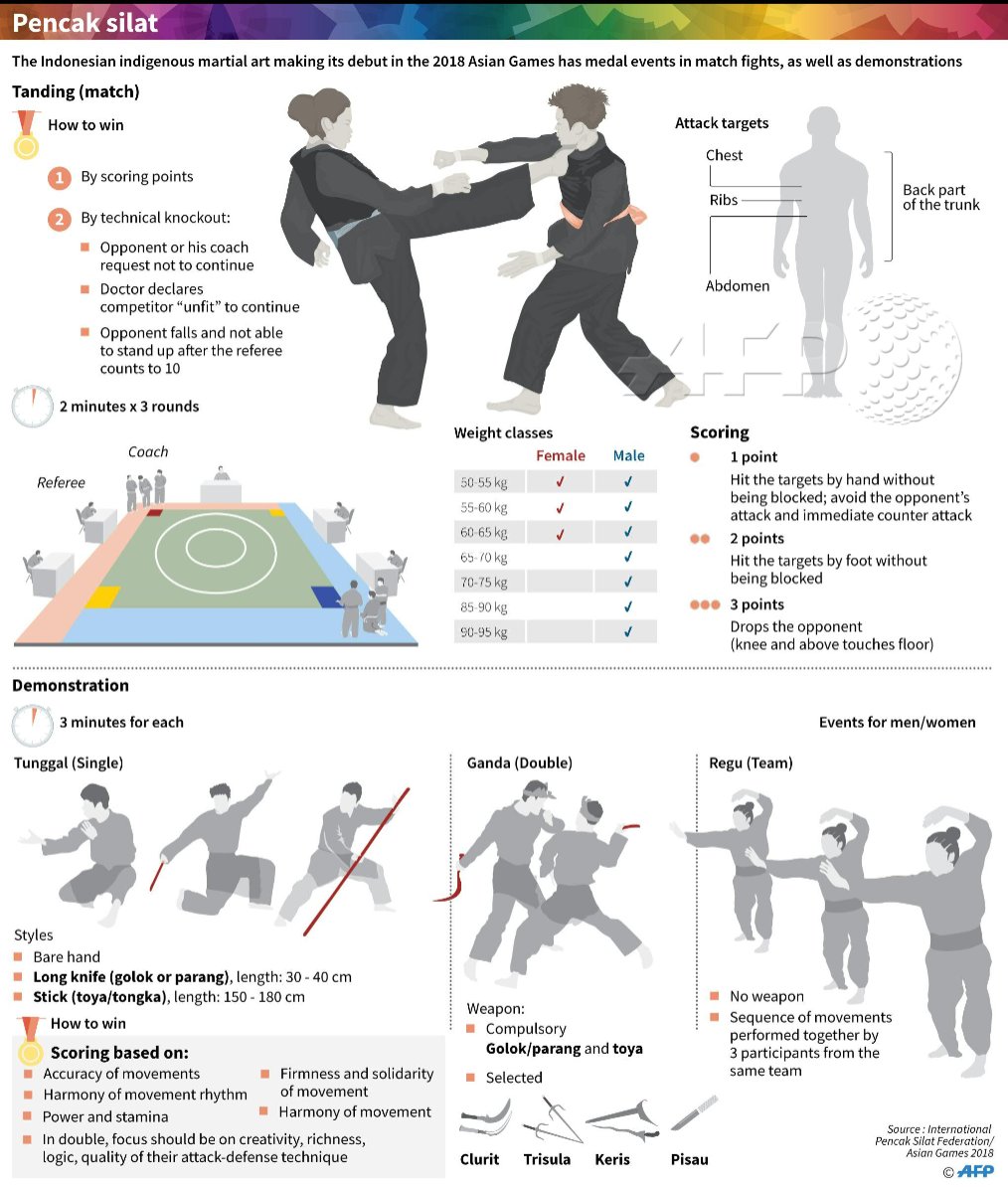Typical Martial Arts Vs. Modern Combat Sports: Comprehending The Key Distinctions
Typical Martial Arts Vs. Modern Combat Sports: Comprehending The Key Distinctions
Blog Article
Material Author-Sherman Fink
When you think of martial arts, do you lean extra towards the standard methods or the modern-day battle sporting activities? Each course offers unique benefits and experiences, formed by their ideologies and training methods. https://indianexpress.com/article/trending/trending-globally/little-girls-fierce-martial-arts-performance-8226015/ emphasize individual development and discipline, while modern-day fight sports concentrate on competition and efficiency. Recognizing these differences can direct you in picking the right approach for your trip. But exactly how do these distinctions manifest in training and approach?
The Ideology and Background Behind Traditional Martial arts
While many people associate martial arts with physical combat, the approach and background behind standard martial arts run much deeper. You'll discover that these disciplines emphasize personal development, discipline, and regard.
Stemming from old practices, conventional martial arts were frequently established for Self-Defense and spiritual development. They embody principles such as balance, harmony, and self-constraint, leading professionals beyond mere battling skills.
As you train, you'll not only learn techniques yet also obtain understandings right into the society and values that shaped these arts. The routines and traditions, frequently passed down via generations, foster a sense of community and belonging.
The Affordable Nature of Modern Combat Sports
Modern fight sports have actually changed the landscape of martial arts into a highly affordable arena, where professional athletes face off in a test of ability, method, and endurance.
You'll notice that competitors are commonly arranged with strict guidelines and policies, making certain justice and safety. https://best-type-of-martial-arts98642.blog-mall.com/35685766/recognizing-the-psychological-and-emotional-advancement-in-youth-martial-arts attract large audiences, fueling the excitement and strength of matchups.
Professional athletes educate carefully, not just for physical prowess yet likewise for mental durability, recognizing that every information counts in the ring. The adrenaline thrill during competitions is apparent, as competitors press their restrictions to claim triumph.
Followers appreciate the athleticism and creativity entailed, making contemporary fight sports a thrilling phenomenon that continues to develop and astound fanatics around the globe.
Training Approaches and Methods: A Relative Evaluation
The competitive atmosphere of modern fight sports needs cutting-edge training approaches that differ significantly from traditional martial arts.
In contemporary training, you'll focus on details methods, sparring, and conditioning, frequently using drills that imitate genuine battle situations. You'll see an emphasis on measurable performance and regular competitors to analyze your skills.
In contrast, traditional martial arts prioritize kinds, katas, and thoughtful teachings, frequently stressing technique and respect over competitors.
Training is generally much less extreme and may include repetitive method as opposed to real-time sparring.
While both strategies develop skill and physical fitness, modern-day combat sporting activities offer a more dynamic and versatile training environment, preparing you for prompt obstacles in the ring or cage.
Select the path that straightens with your goals and passions.
Conclusion
In picking in between standard martial arts and modern combat sports, it really boils down to what you value many. If you're searching for individual development, discipline, and a sense of community, conventional arts might be your best fit. Yet if you thrive on competitors and real-time difficulties, contemporary battle sports could be the means to go. Inevitably, both paths supply distinct benefits, so it's everything about straightening your training with your personal objectives and rate of interests.
